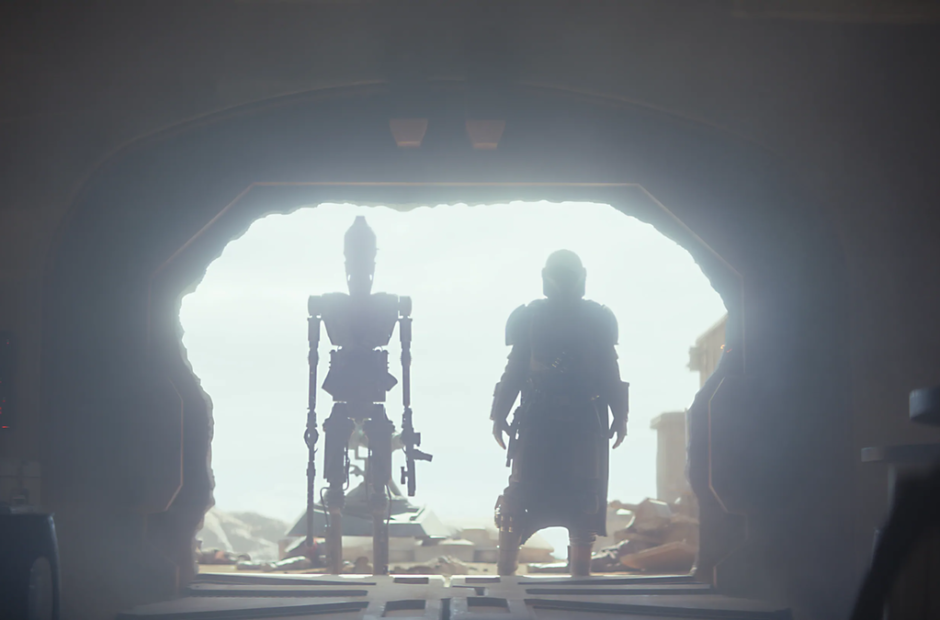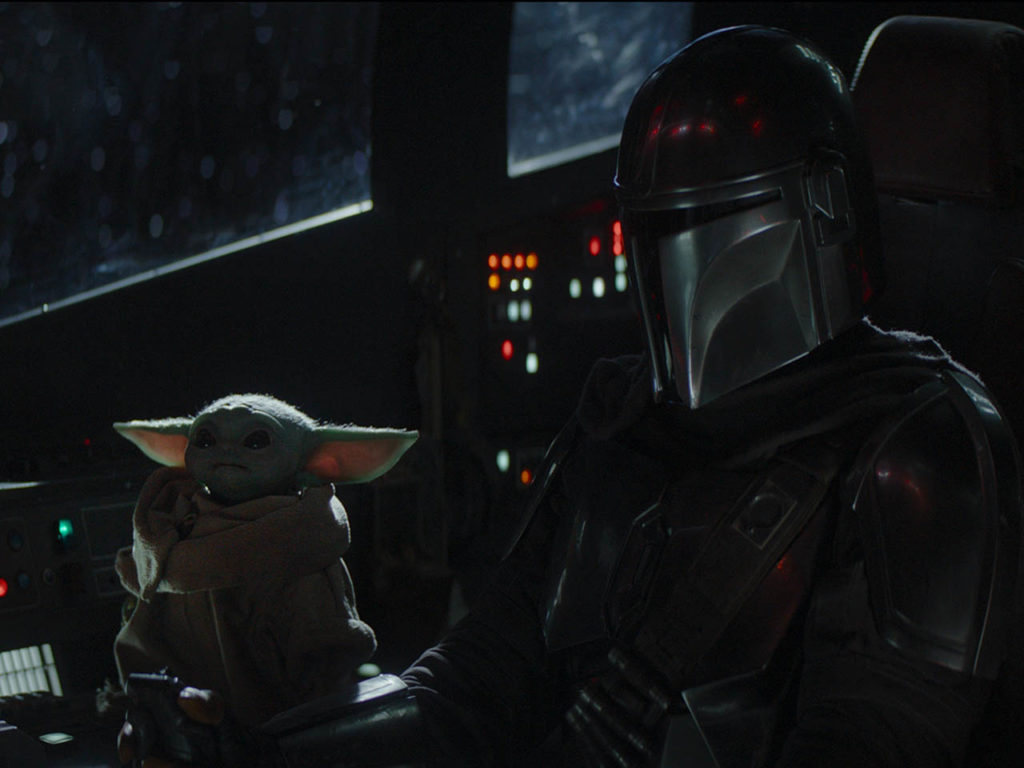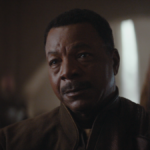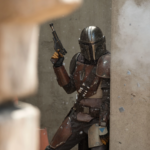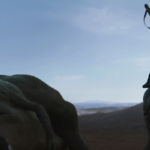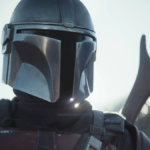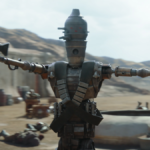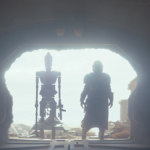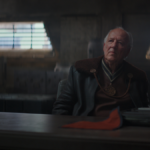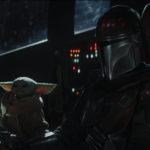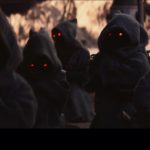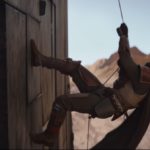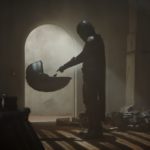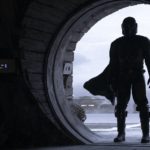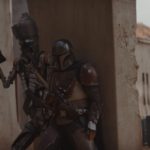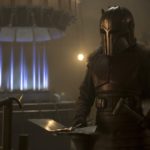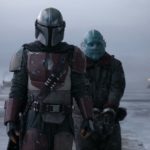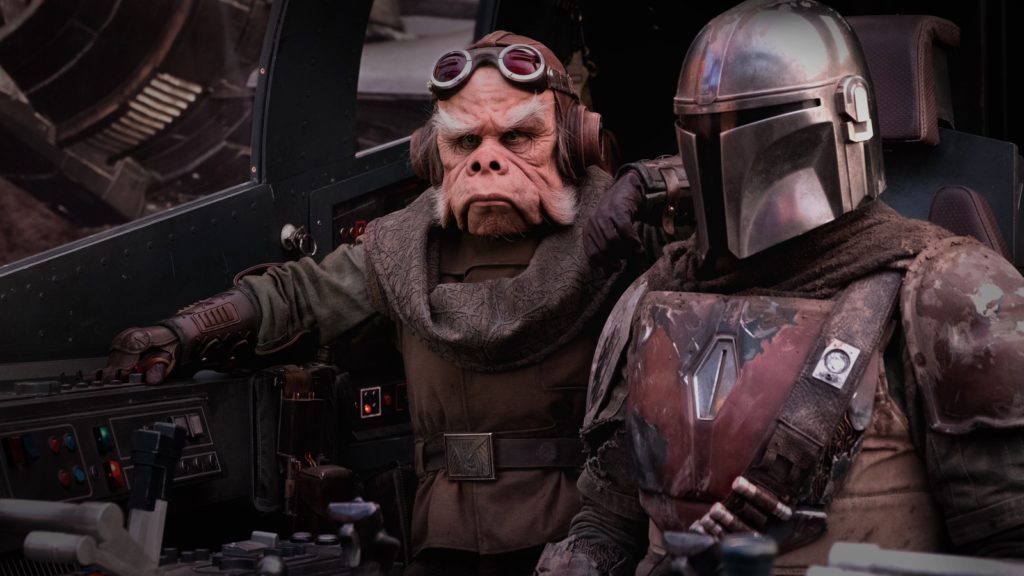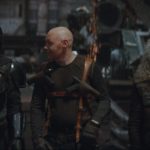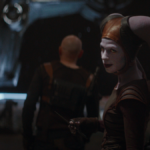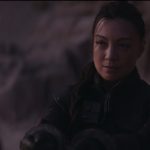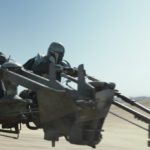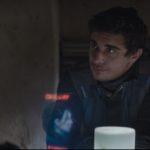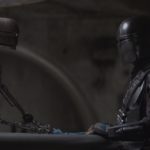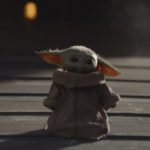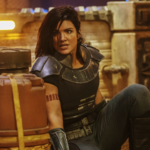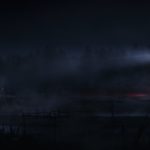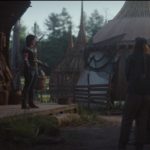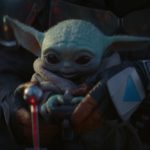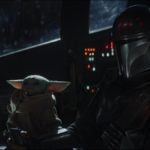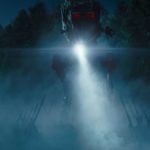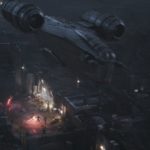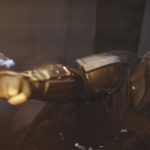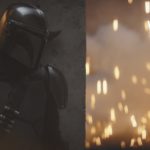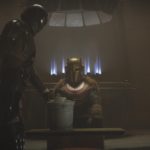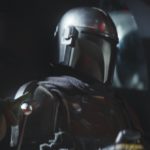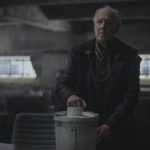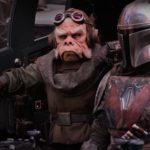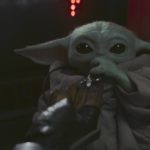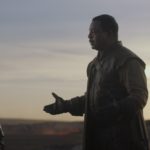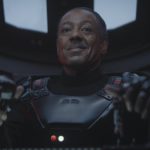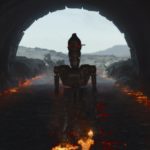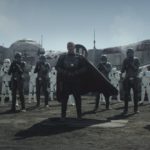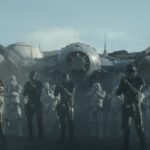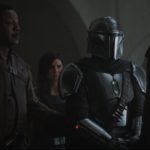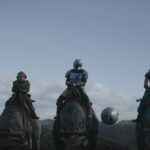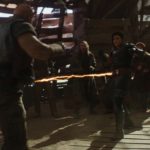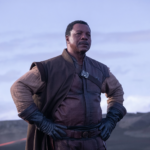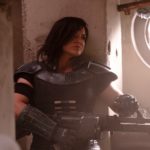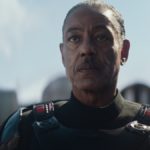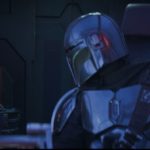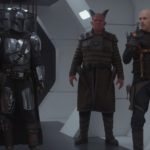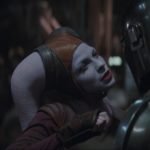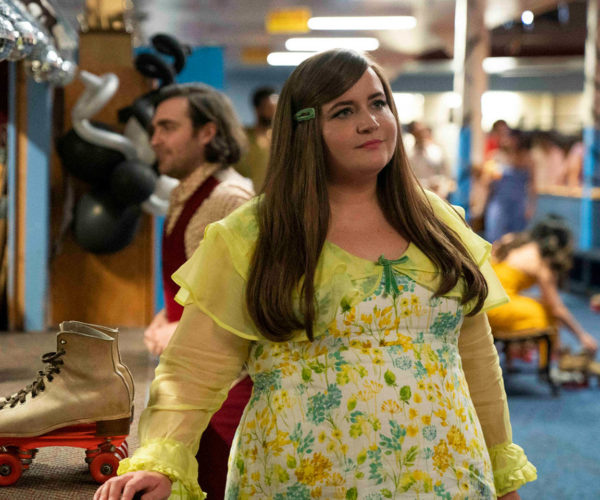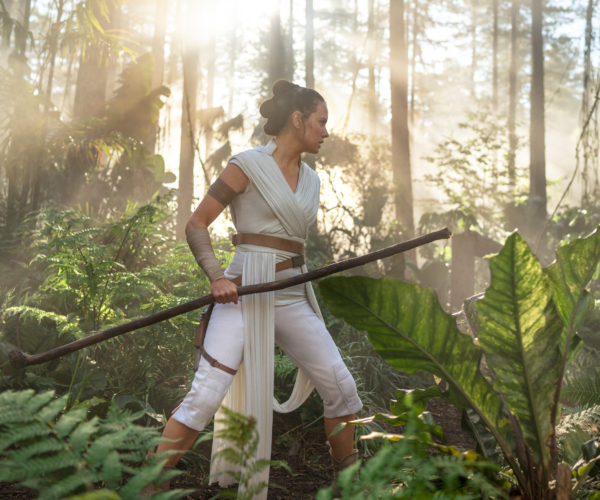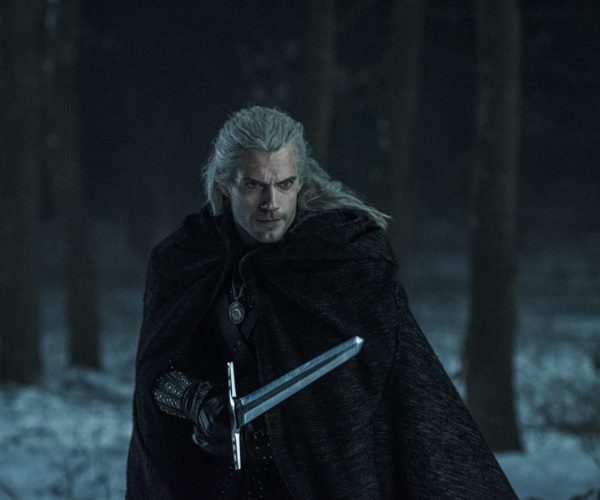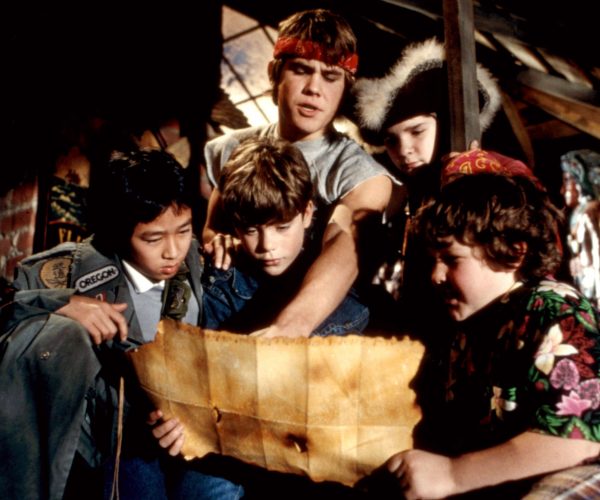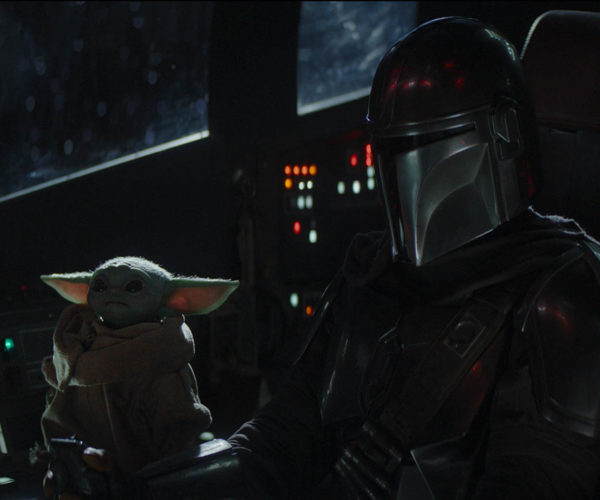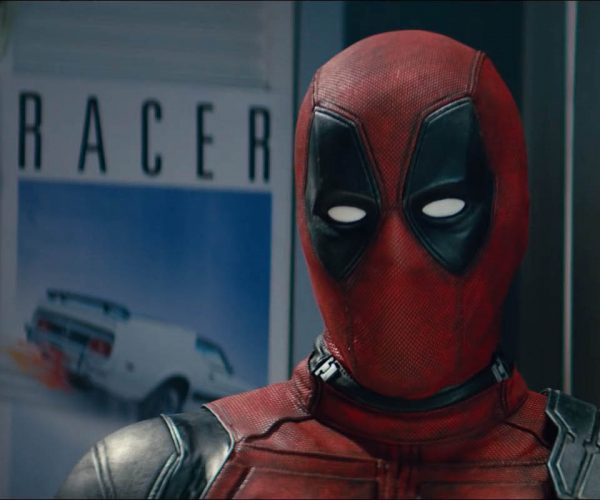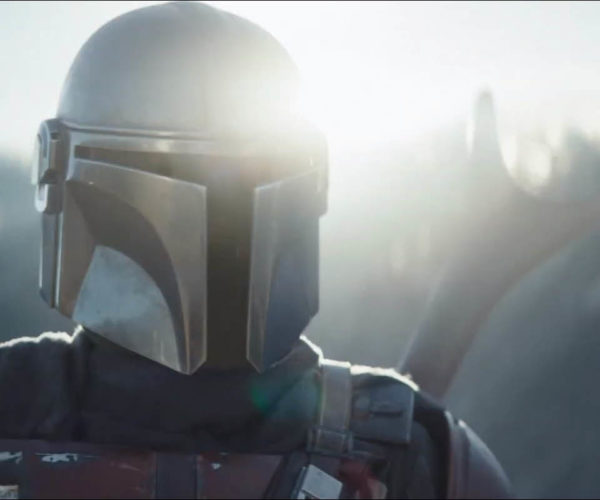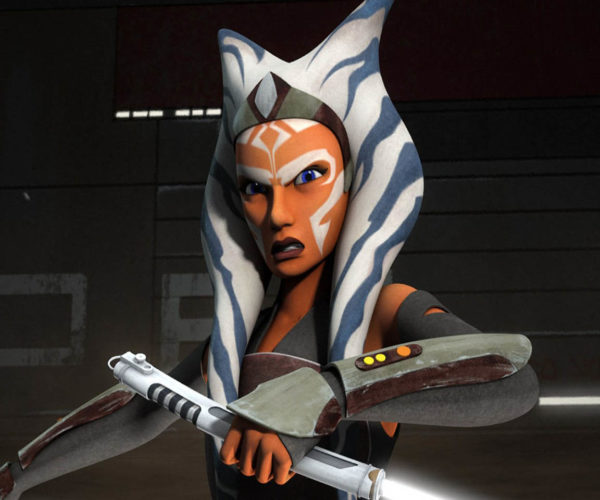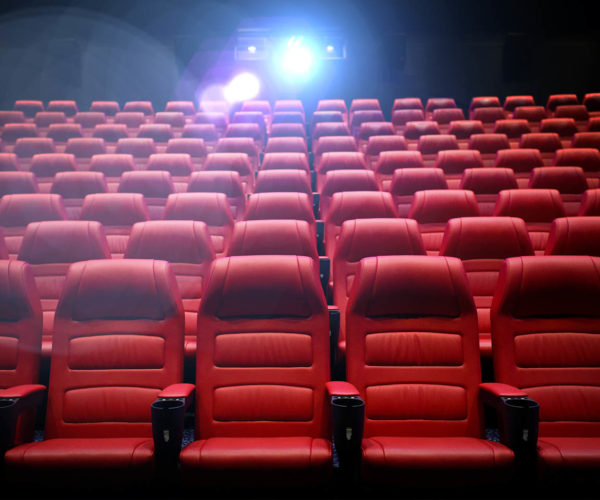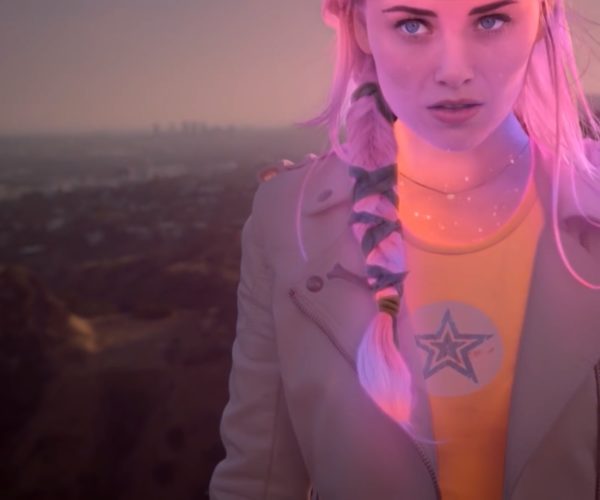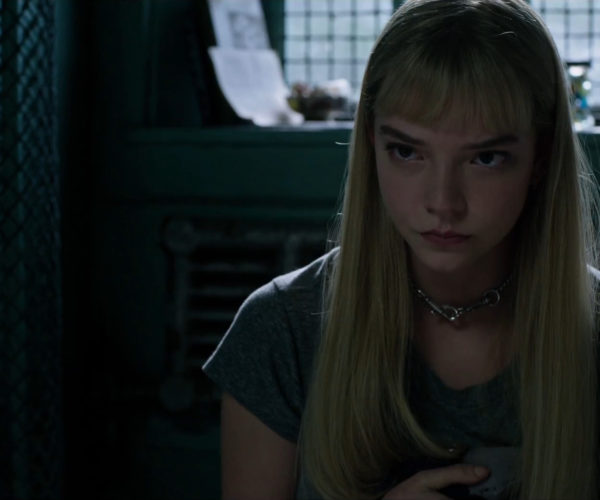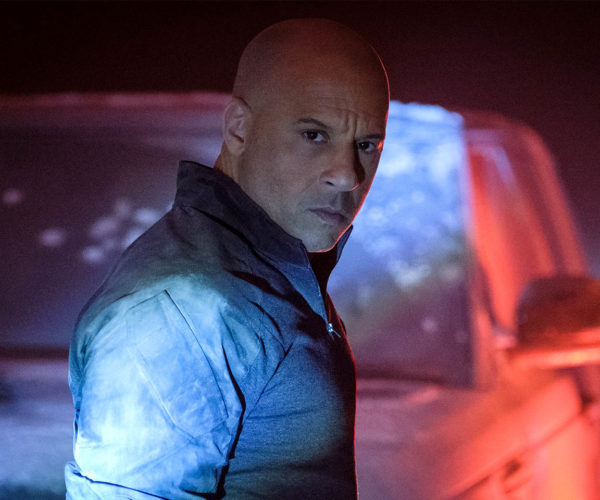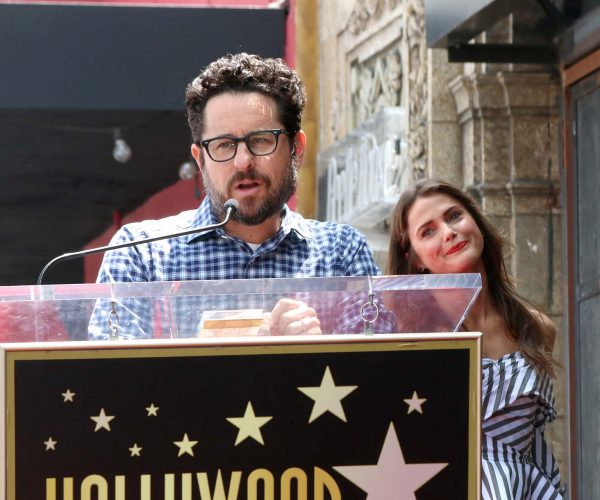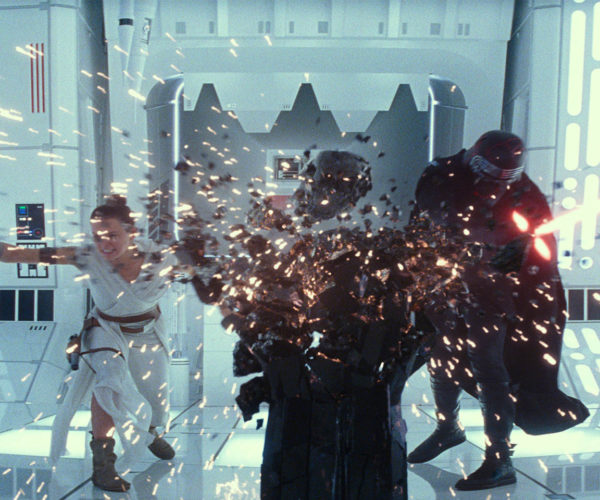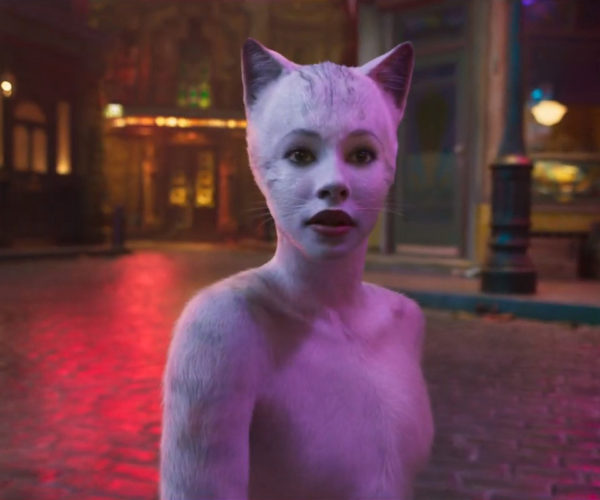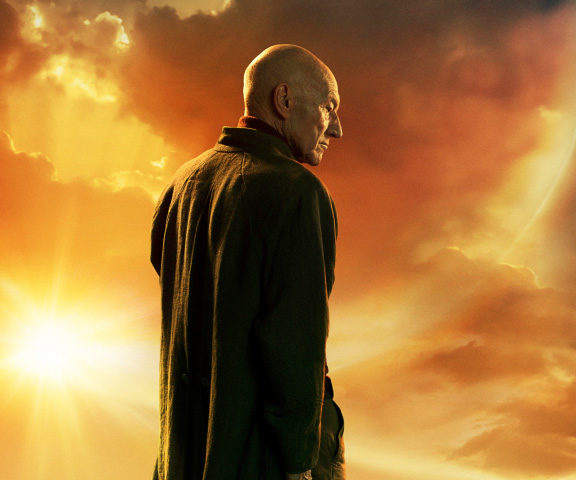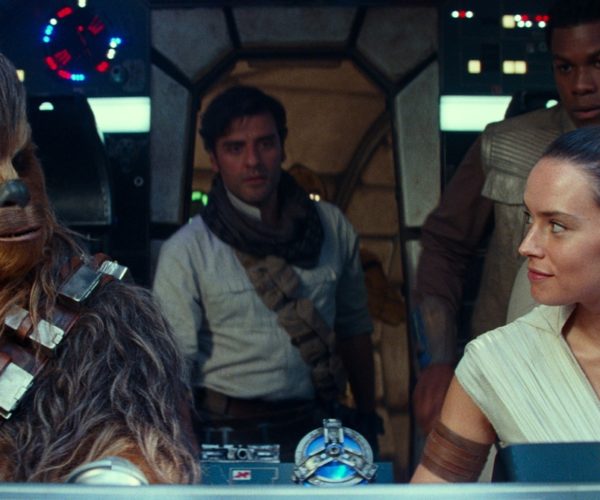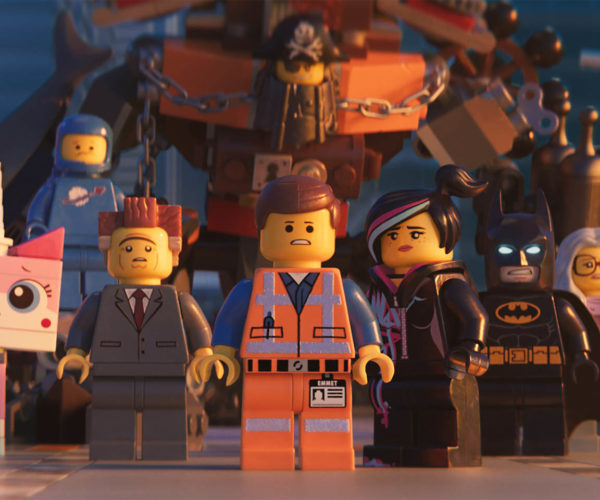The first season of The Mandalorian, the explosive opener for Disney’s new streaming service, has closed out, set to return next year. The show gave us no less than four memes and an on-the-ground look at the Star Wars universe we only really saw in Rogue One: A Star Wars Story. It also follows burning hot on the heels of the ninth and final film in the Skywalker ennealogy. Together, the two make strange bedfellows, a pairing of Star Wars’ best and worst tendencies. While The Rise of the Skywalker had one of the least satisfying conclusions in Star Wars movie history, I found the Mandalorian finale satisfying both emotionally and narratively. Spoilers follow for The Rise of Skywalker and The Mandalorian.
The Rise of Skywalker is an Everlasting Gobstopper of Badness
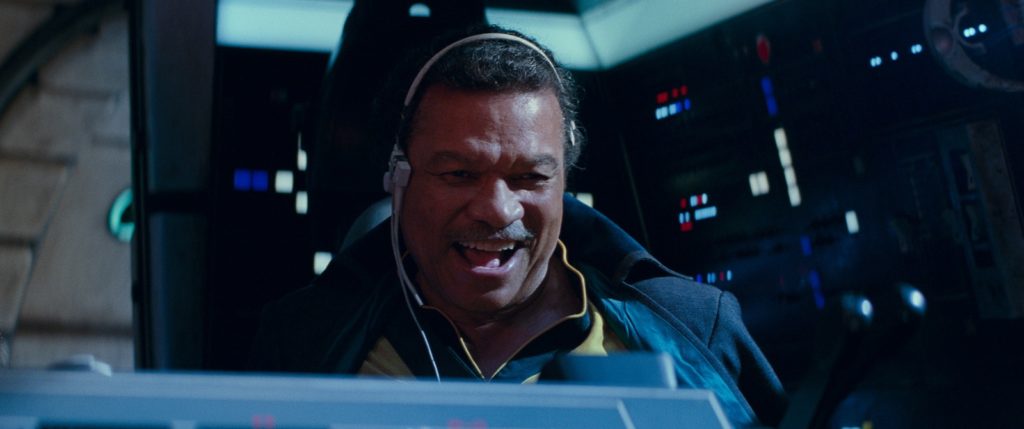
I don’t want to spend too much time bagging on The Rise of Skywalker. It would be easy to spend more than the movies 2:22 runtime trashing it with how much is wrong with it. There are the first few layers to contend with; the space battles and lightsaber fights are exciting and flashy and are one of the few parts of the movie I have more kudos than complaints about.
Then, whether due to a lack of time, pressure from the studios, or a lack of creativity–likely a combination of the first two and a dash of the third–we move to the nostalgia layer of this gobstopper. Remember this guy? Remember that scene? We’re referencing all your favorites in hopes that you won’t see the glaring cracks that make those in Kylo Ren’s helmet look invisible by comparison.
Is this movie an apology?
Beyond that, we start to see just how badly Disney boned up this movie. The movie first discards just about everything that happened in The Last Jedi seemingly in an effort to apologize to or appease the people who complained about the movie and tried to start a GoFundMe to remake it.
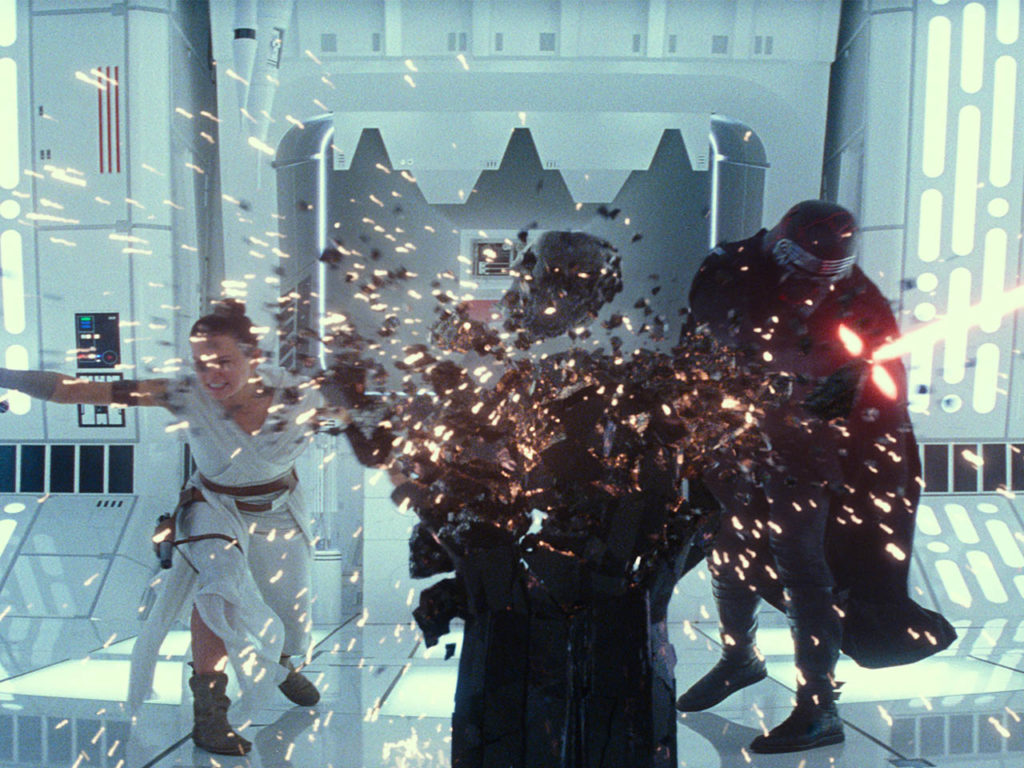
The movie refutes over and over the core idea of The Last Jedi: That the Force isn’t a matter of light or dark, and that the Jedi did as much harm as good. In Abrams’ film, the Jedi are good in an almost elemental, D&D-alignment sense. The movie discards Rose Tico almost entirely while giving a lot of screentime, comparatively speaking, to one of JJ’s friends, Dominic Monaghan. Lando shows up, and you can see scraps of a side story for him, but they were clearly cut out. This should’ve been two movies.
Just kidding! LOL
There are multiple gut-punch moments that are rescinded almost immediately. Two stand out: the moment that Chewbacca “dies,” only for us to find out in the next scene that, no, he’s not dead; and the decision to wipe C-3PO’s memory to extract some Sith translations out of him, which is first played as a sad moment, then as a joke, and then reversed back to the status quo by the end of the movie.
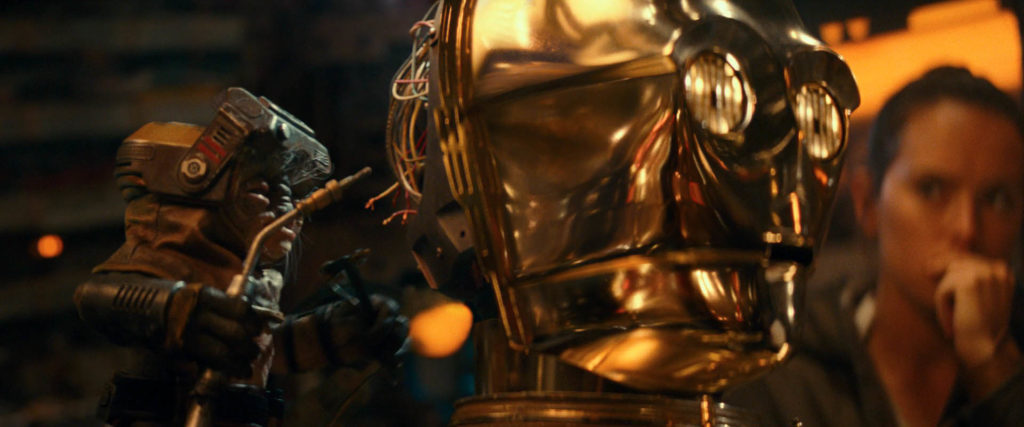
Finally, everything about Palpatine and Exegol feels silly and contrived. Bringing Palpatine back cheapens Return of the Jedi‘s climactic moment. His message to the Republic and the First Order was revealed in Fortnite of all places, which I’m sure was a cool fun time for Fortnite fans but makes his return ring even more hollow for the rest of us. Then there’s the whole idea of every Star Destroyer being able to finally do what their name suggests and blow up cosmic bodies, which is filled with enough plotholes to sink any ship. Normally I don’t like to focus on plotholes, but in this case, they weaken not just the movie they’re in, but The Force Awakens as well.
Your dad is the other space wizard
When Rey finds out that her grandfather is Emperor Palpatine, it’s a moment meant to sting us more than her. It directly refutes the idea that Rey’s lineage doesn’t matter and instead turns it into a feud between two families of space wizards. After she beats him (with two lightsabers), she goes back to Tatooine to bury Luke nad Leia’s lightsabers.
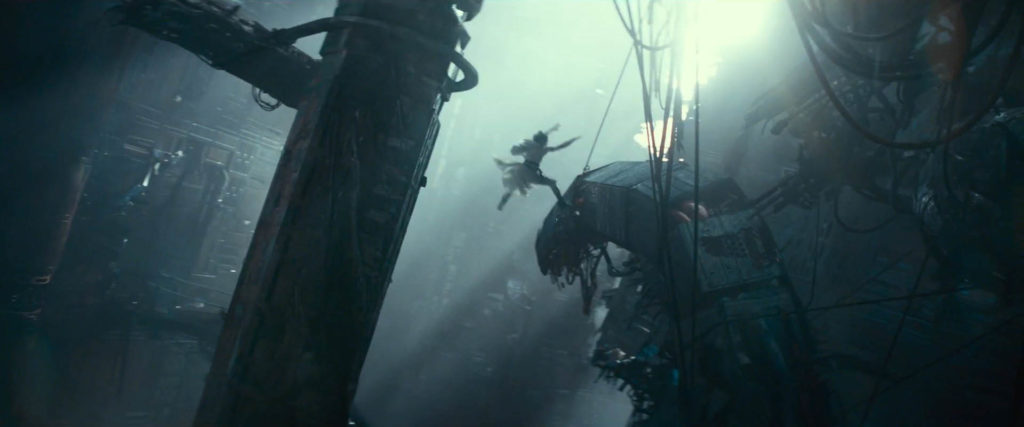
Luke hated Tatooine and wanted to get off of it. Leia was only there long enough to be the slave to a mafia slug. Even their dad, Anakin, hated the place so much that it became a meme. Let’s not forget that unforgivable CGI of Leia’s face in the Jedi practice helmet or the way the Knights of Ren were hyped up and then wasted.
Almost every plot point in this movie rang hollow, elicited laughs from the audience, and worked against not just The Last Jedi, but also the rest of the Skywalker Saga.
The Mandalorian rises
As The Rise of Skywalker debuted in theaters, though, The Mandalorian was ending on Disney+ in what was most certainly a timed event to get as much Star Wars media coverage as possible, and I feel differently about almost every aspect. Despite having multiple writers and directors, The Mandalorian feels like the Star Wars story we’ve been waiting for.
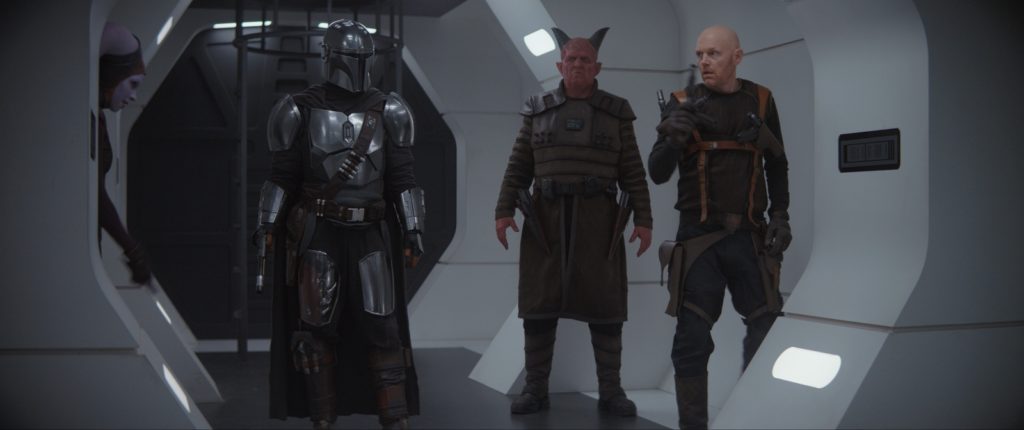
The story immediately discards the core elements of most Star Wars tales. There are no Jedi here, no superweapons. When anthropologists study Egyptian hieroglyphs, they’re essentially reading the stories of Kings and gods. The tales emblazed on the inner walls of sealed tombs are preserved and tell only the stories that these kings wanted told. The Skywalker Saga is kind of the same thing. We hear the stories of space presidents and space wizards and their cool space captain friends (and the space captain’s pet forest dog) but we only hear about regular people when they’re connected to the space wizards.
Boots on the Ground
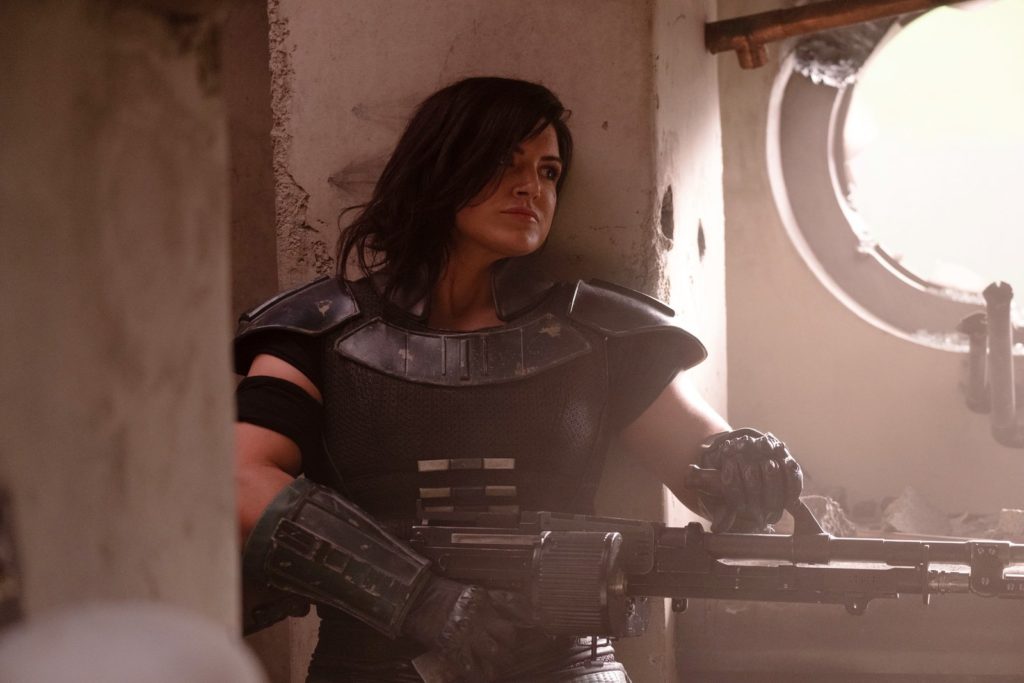
The Mandalorian drops us on the ground and takes us into places we’ve barely wandered into before. Places like the culture of Mandalorian warriors, of border towns that don’t have any displaced Jedi living on their outskirts, and into the Bounty Hunters‘ Guild. The Star Wars movies gave us a brief look at a single Mandalorian, Boba Fett, and then promptly knocked him into a Sarlacc worm’s maw–a good reminder that the original trilogy had plenty of mistakes. But those few scenes were enough. The armor alone inspired fans for decades, and The Mandalorian gives us an in-depth look at the secretive, nomadic culture. We see how Mandalorian armor is made and how Mandalorian signets are earned and assigned. Instead of saying “hey, remember this?” the show seems to know what Star Wars fans wonder and fantasize about and then it takes us into those places.
It also understands the feeling of mystery that made the original trilogy so novel and tries to restore some of that. Mandalorians don’t take off their helmets around other people, and so it’s not until Mando is on the edge of death and only a droid is in the room that we see his face. Even then, Mando looks horribly uncomfortable with the whole notion.
Sense of Mystery
When Mando meets The Child, he doesn’t suddenly recognize it. Whatever Yoda’s people are called, there’s no official name for it, and Mando doesn’t stand there talking about how it’s just like the legends of the stout green Jedi. In fact, when he talks to the Armorer in the very last moments of the show, they say the word Jedi like feels weird in their mouths. It’s easier to call them sorcerers. To us, the Jedi are main characters. To people who live in the Star Wars galaxy, Jedi really are space wizards. It goes without saying that a Baby Yoda character should feel like a cheap, easy way to get clicks and views, but the sense of mystery the show imbues the child with makes it something special, and we can’t help but want to protect the small Jedi bean ourselves.
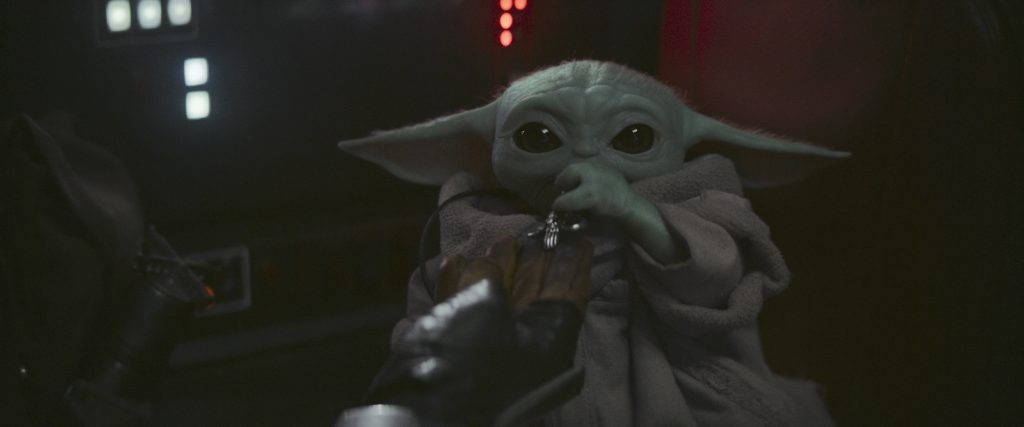
Even the way the show treats droids is novel. Star Wars has struggled with droids, treating them as sentient beings and cannon fodder in equal measure. R2 is ultra-competent mascot for Star Wars, while 3PO is the earnest dope. Battle droids are slaughtered for laughs, and Gonk and Mouse droids are designed to look funny. Some droids, like Knights of the Old Republic‘s HK-47 or the bounty hunter droid IG-88, seem like they could be entirely self-sufficient. It’s an IG bounty hunter droid that stands out in The Mandalorian. The show opens with Mando encountering an IG droid, IG-11, chasing after the same target he is. The two work together, but when Mando realizes the target is a child, he drops the droid without hesitation.
Trust the Machine
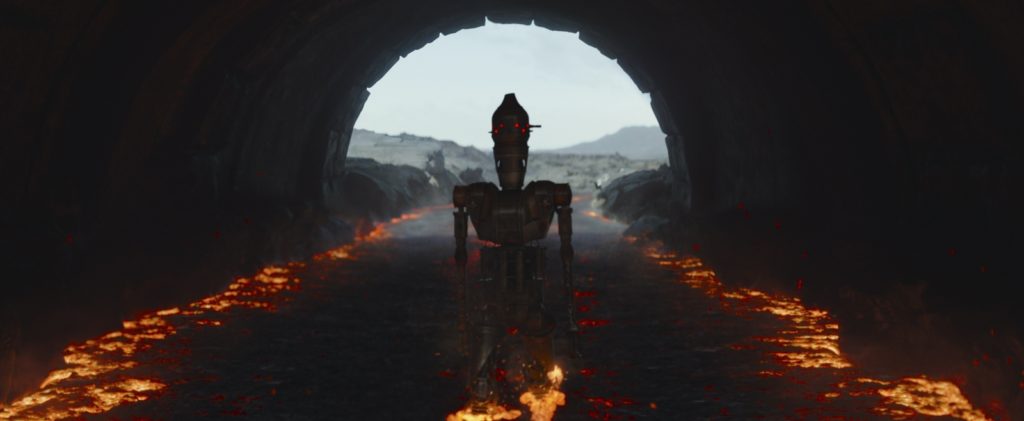
Then, things come full circle. We learn later that the craftsman we met in the first episode, Kuiil, has reconstructed the droid. Mando has a deep distrust of droids, and especially so of droids programmed to kill. Kuiil rebuilds the droid mostly so that he has something do in all his free time, but rebuilds the IG unit as a nurse droid instead of the killer it was built to be.
In the final shoot out, Mando is mortally wounded, and the nature of his wound puts him in a tough bind. His head wound would force him to remove his helmet to be treated, but as a Mandalorian, he cannot do that. Cara and Greef take the child and escape, leaving Mando with the IG droid who can heal him, but that would require him to trust a droid. This is a major moment of growth for Mando, and again, he looks absolutely miserable taking his helmet off even in front of a droid.
And then, has to trust the droid again when a platoon of Stormtroopers corners the crew; the only way out is to let the droid willingly self-destruct. And for the first time in his life, Mando seems reluctant to let a droid go. This one has had one opportunity after another to act as Mando expects it to and hasn’t.
This whole arc tells us about Mando himself and develops the way droids exist in Star Wars. There’s a huge emotional payoff when Mando has to let the IG unit step off the skiff and into the lava-flow. It’s this Terminator 2-style goodbye moment where the characters have to watch this being they trust give its electric life for them.
They know what nerds like, they know what nerds want
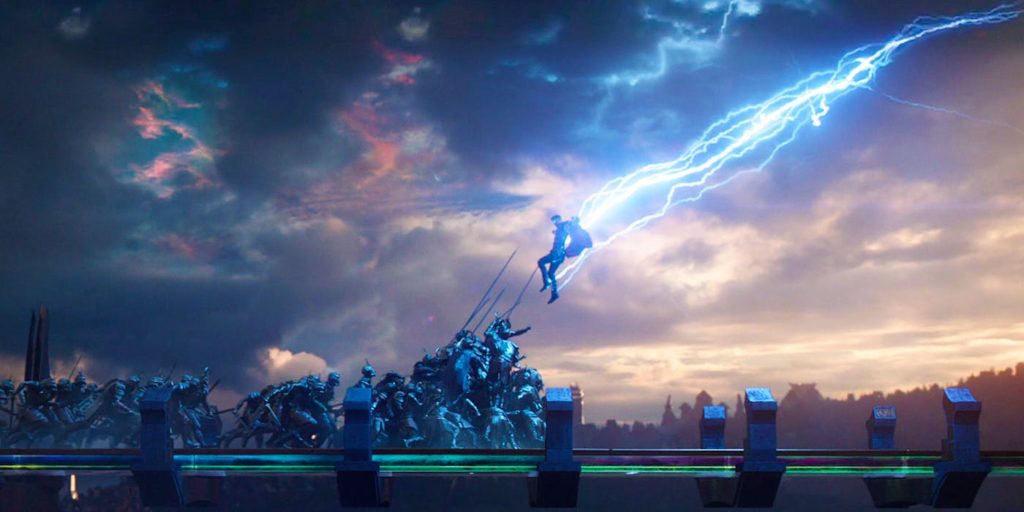
I have to give a lot of credit to the people involved in creating, writing, and directing the show. I mean, that should be obvious–that credit for creating a show goes to the creators–but this team is especially well-suited to the task. While he didn’t write any episodes of the show, director Jon Favreau is the creator, and among his achievements, perhaps the biggest is that he kicked off the Marvel Cinematic Universe by making Iron Man into a massive success.
Among the writers and directors, we have Dave Filoni, who played a major role in the Clone Wars and Rebels cartoons, both of which have become fan favorites, with many critics even going so far as to say that the cartoons enhance the maligned prequels. We also have Taika Waititi who managed to rehabilitate Thor from a dour buzzkill of a superhero into the funny, heroic God of hammers Thunder we meet in Thor: Ragnarok.
All three of these creators have tweaked the knobs on well-known properties to turn them into successful fan favorites. They all seem to have a finger somewhere on the pulse of what it is that appeals to fans about these properties. They’re not simply fishing for nostalgia.
I love Taika Waititi
When the credits rolled on The Mandalorian‘s season finale and tears were rolling down my cheeks, it made sense the moment I saw Taika Waititi’s name scroll across. The final episode is so dense with emotional payoff for everything that has happened that it makes The Rise of Skywalker laughable in comparison (and people have been laughing at the movie in theaters).
In a 45-minute episode, we get to see Mando get his signet and take on his new mission: finding the family for The Child. We see him become a full Mandalorian as he puts on the trademark jetpack and uses it. We see the Guild leader Greef transform from a selfish man into something more as Mando’s honor inspires him. I would like to have seen Cara Dune get a bit more of an arc, but she’s a badass from start to finish, so I’ll take that for now. The show even manages to fit in a deep cut by pulling a legendary Mandalorian weapon and using it as a cliffhanger moment for the next season.
It doesn’t have to be like this
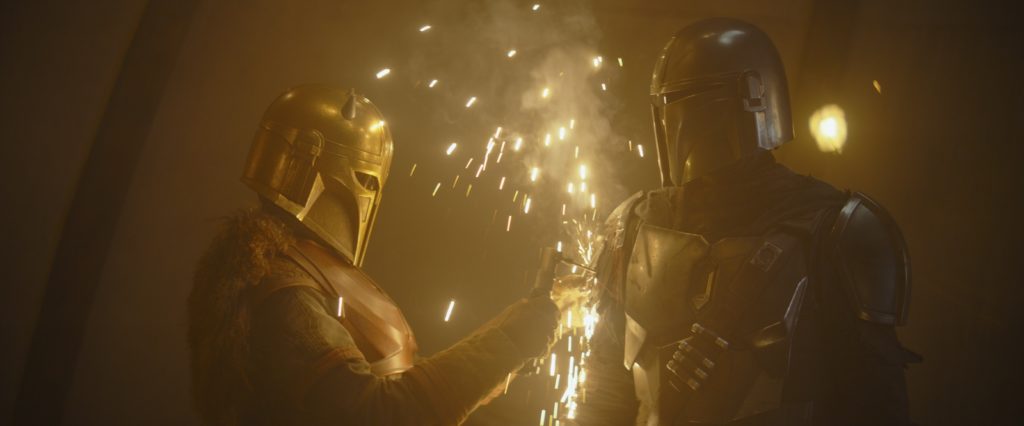
It’s so strange to see The Rise of Skywalker and The Mandalorian come out at the same time and land so differently. While one abuses the series’ history for cheap emotional moments, the other invests in the lore and comes out with something that feels fresh and new and meaningful. Maybe the lesson here is that Disney should trust its creators and give them time to make something. It’s not as easy as it probably seems to figure out what series of events led to The Rise of Skywalker feeling so hollow, but The Mandalorian tells us that it doesn’t have to be like that.
